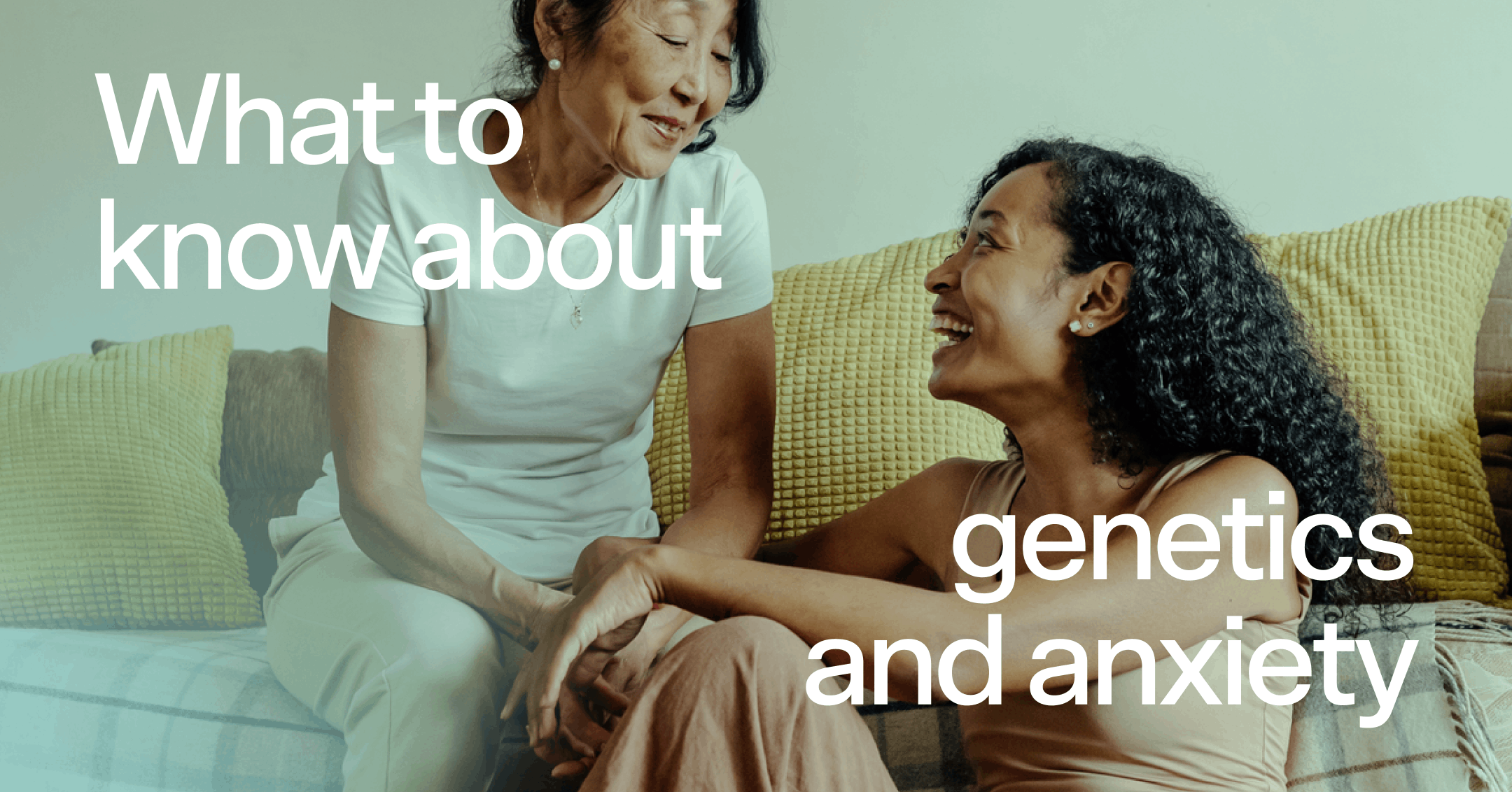Heteroflexibility means being mostly attracted to the opposite gender while occasionally experiencing same-gender attraction. It’s real, valid, and more common than people may think.
It’s OK to take your time exploring your sexuality. You don’t have to have everything figured out right away, and your feelings are understandable just as they are.
Support can make a big difference. Talking to an affirming therapist or connecting with others can help you feel more confident and less alone.
If you’re mostly attracted to the opposite gender but have sometimes felt curious about the same gender, you might connect with the term “heteroflexible.” This means you identify as mostly straight but may have occasional same-gender attraction.
Being heteroflexible doesn’t mean you’re confused. It just shows that attraction can be more flexible than people often think. In fact, some researchers believe that heteroflexible people may actually outnumber those who identify as gay, lesbian, or bisexual combined.
Understanding heteroflexibility can help you make sense of your feelings. It can also reduce shame and help you accept yourself. This matters for your mental health. When you feel like you don’t fit into a label or worry that others won’t get it, it can lead to stress, anxiety, or loneliness. Learning about terms like heteroflexible can take away some of that pressure and give you space to explore who you are without judgment.
Understanding heteroflexible sexuality
Heteroflexibility describes someone who mostly feels attracted to the opposite gender but sometimes experiences same-gender attraction. This is a real and valid sexual identity. You don’t have to feel confused or forced to label yourself in a certain way. Attraction can be complex, and that’s OK.
Heteroflexibility exists on the spectrum of sexual fluidity, which means your attractions might shift or change over time. It can sometimes overlap with terms like “bisexuality” or “bi-curiosity,” but everyone’s experience is different. Some people identify as heteroflexible for years. Others see it as a stepping stone toward another identity. Both are valid.
There can be challenges that come with identifying as heteroflexible. You might:
Feel unsure how to explain your attraction to others
Worry that people won’t take you seriously or will say you’re “just experimenting”
Feel pressure to pick a “side” or define your sexuality more clearly
Worry you’re not “queer enough” to belong in LGBTQIA+ spaces
These feelings are valid and can be confusing or isolating. You’re not alone in wondering where you fit or how to talk about your experiences. In fact, some estimates suggest that up to 15% of the population may identify as heteroflexible, though more research is still needed. That means you’re far from alone — and your experience matters.
Research shows that people who identify as sexual minorities often face mental health challenges. They may experience comparable levels of depression, suicidal thoughts,* and/or unhealthy substance use. This makes it especially important to find support and understanding as you explore your identity.
Unfortunately, there are also misconceptions about heteroflexibility that can add stress or shame. Some people wrongly assume it’s “just a phase” or that heteroflexible people are avoiding coming out. Others may see it as attention seeking or not “real.” These stereotypes are harmful and ignore the real experiences and identity exploration people go through. Your feelings are real and important, even if they don’t fit into a neat box.
*A note on safety: Members of the LGBTQ+ community are at an increased risk of suicidality. If you’re having thoughts of harming yourself, don’t hesitate to ask for help. You can contact the National Suicide and Crisis Lifeline by dialing 988 from any phone. Their counselors will provide confidential support and resources to help keep you safe. You can also contact The Trevor Project anytime, 24/7 for LGBTQ-affirming crisis and peer support.
For life-threatening emergencies or immediate assistance, call 911.
The care you need, when you need it
Learn how Rula can support your mental health journey
How to know if you’re heteroflexible
Figuring out your sexual identity can feel confusing, but it’s OK to take your time and explore what feels right for you. If you’re wondering whether heteroflexible might describe your experiences, here are some steps you can take:
Pay attention to your feelings and attractions. Do you find yourself mostly attracted to the opposite gender but sometimes curious about or attracted to the same gender? This is a common sign of heteroflexibility.
Notice how you feel about labels. Sometimes, traditional labels like “straight” or “bisexual” don’t quite fit. If you feel mostly straight but open to exceptions, heteroflexible might be a good fit.
Reflect on your past experiences. Have you had moments where same-gender attraction surprised or interested you? Those moments can help you understand your sexual fluidity.
Remember, there’s no rush to put a label on yourself. You can explore your feelings at your own pace and change how you identify if it feels right. Exploring your sexual identity is a personal journey, and there’s no right or wrong way to do it. You deserve to understand yourself and feel accepted exactly as you are.
Embracing heteroflexibility with support
If you’re exploring your identity and think you might be heteroflexible, know that you’re not alone. There’s no one “right” way to move forward, but there are some steps you can take to feel more confident and supported.
Embracing your identity
Start by reminding yourself that your feelings are valid. Attraction can be complex and doesn’t have to fit into a specific box. You don’t need to have everything figured out right away. Try journaling about your thoughts, talking to someone you trust, or reading stories from others who share similar experiences. Giving yourself permission to be curious is a powerful first step.
Deciding if and how to share
You don’t have to tell anyone about your orientation unless you want to. It’s your choice. Ask yourself:
Would it feel helpful to share this part of myself?
Is there someone I trust to respond with care?
It’s OK to take your time and share only when you feel ready. If you do choose to talk to someone, here are some ways you might start the conversation:
“I’ve been learning more about sexual orientation, and I think the term heteroflexible might describe me. I just wanted to be open with you about that.”
“If you’re open to it, I’d love to share something I’ve been thinking about related to how I experience attraction.”
“I don’t have everything sorted out, but I’ve been exploring my identity and wanted to let you in on what I’ve been learning about myself.”
You don’t need to have all the answers. Just be honest about where you are right now.
Navigating relationships
Romantic relationships can feel more complicated when you’re figuring out your identity. Be honest with yourself and your partner about your feelings. If you’re dating, you get to decide how much of your identity you want to share and when. If you’re in a relationship, talking openly about attraction and boundaries can help build trust and understanding.
Support that helps you feel more like yourself
If you’re exploring heteroflexibility, it can help to take small steps that support your well-being and give you space to grow. Some helpful practices include:
Reflecting regularly: Keep a journal to track your thoughts and emotions as you explore your identity.
Learning from others: Read books, listen to podcasts, or follow creators who talk about heteroflexibility and sexual fluidity in a way that feels supportive.
Practicing self-compassion: Be gentle with yourself, especially if you feel confused or uncertain. It’s OK not to have it all figured out.
Setting boundaries: Protect your space from people who make you feel judged or unsafe. Surround yourself with people who respect your journey.
You don’t have to do this alone. There are people and resources that can support you as you navigate your identity:
LGBTQIA+-affirming therapists can offer a safe space to talk through your feelings, build confidence, and manage stress.
Support groups (online or in person) let you connect with others who are going through similar experiences.
Hotlines and LGBTQ+ centers can point you toward local resources, mental health support, or inclusive events in your community.
As a therapist, I want you to know that your feelings are real, even if they don’t fit a label. You don’t have to explain or box in your attraction — it’s OK to just be you.

Brandy Chalmers, LPC
Clinical reviewer
Find care with Rula
Heteroflexibility means mostly being attracted to the opposite gender but sometimes feeling attracted to the same gender. This experience is more common than many people may think. Understanding this sexual orientation can help you feel less stressed and more accepted. Support is available to help you explore your feelings and be confident in who you are.
At Rula, we’re committed to delivering a comprehensive behavioral health experience that helps people feel seen and understood so they can get back to feeling their best.
Rula makes it easier to find a licensed therapist or psychiatric provider who accepts your insurance so you don’t have to choose between affordable care and excellent care. With a diverse network of more than 15,000 providers, 24/7 crisis support, and appointments available as soon as tomorrow, we’re here to help you make progress — wherever you are on your mental health journey.
Rula's editorial process
Rula's editorial team is on a mission to make science-backed mental health insights accessible and practical for every person seeking to better understand or improve mental wellness.
Members of Rula’s clinical leadership team and other expert providers contribute to all published content, offering guidance on themes and insights based on their firsthand experience in the field. Every piece of content is thoroughly reviewed by a clinician before publishing.



